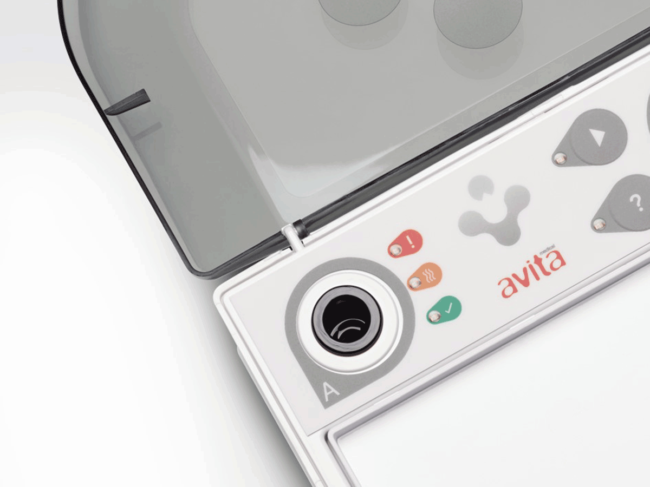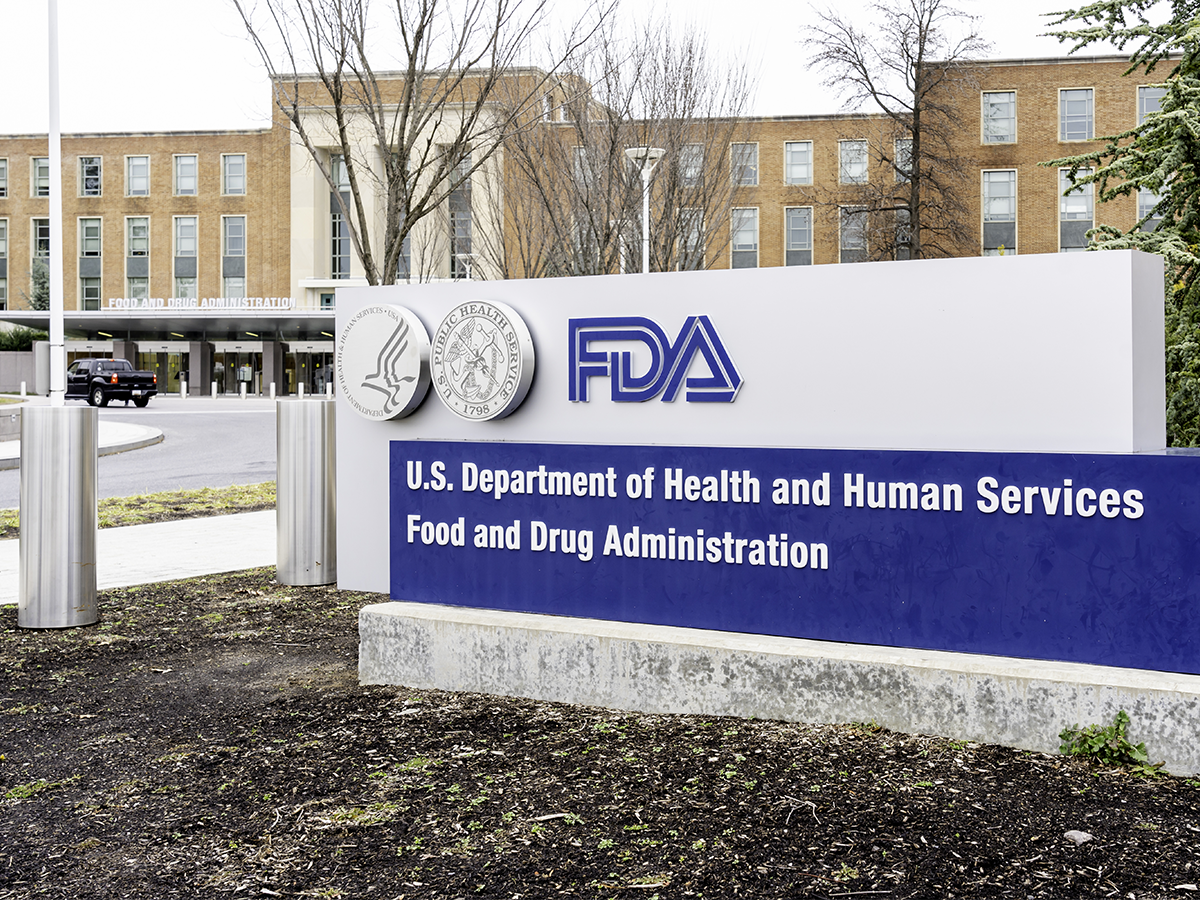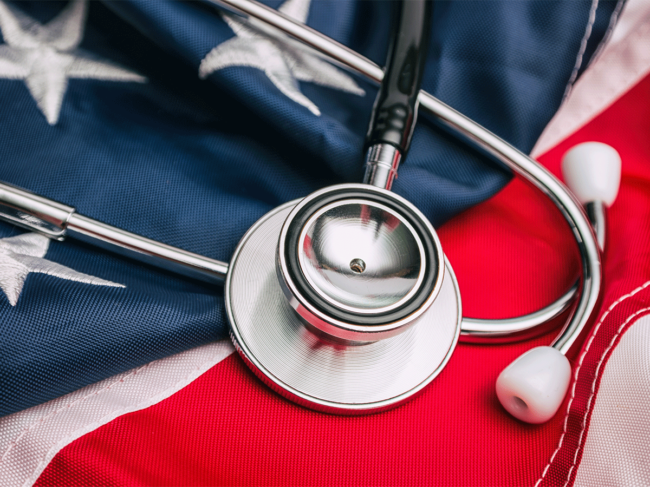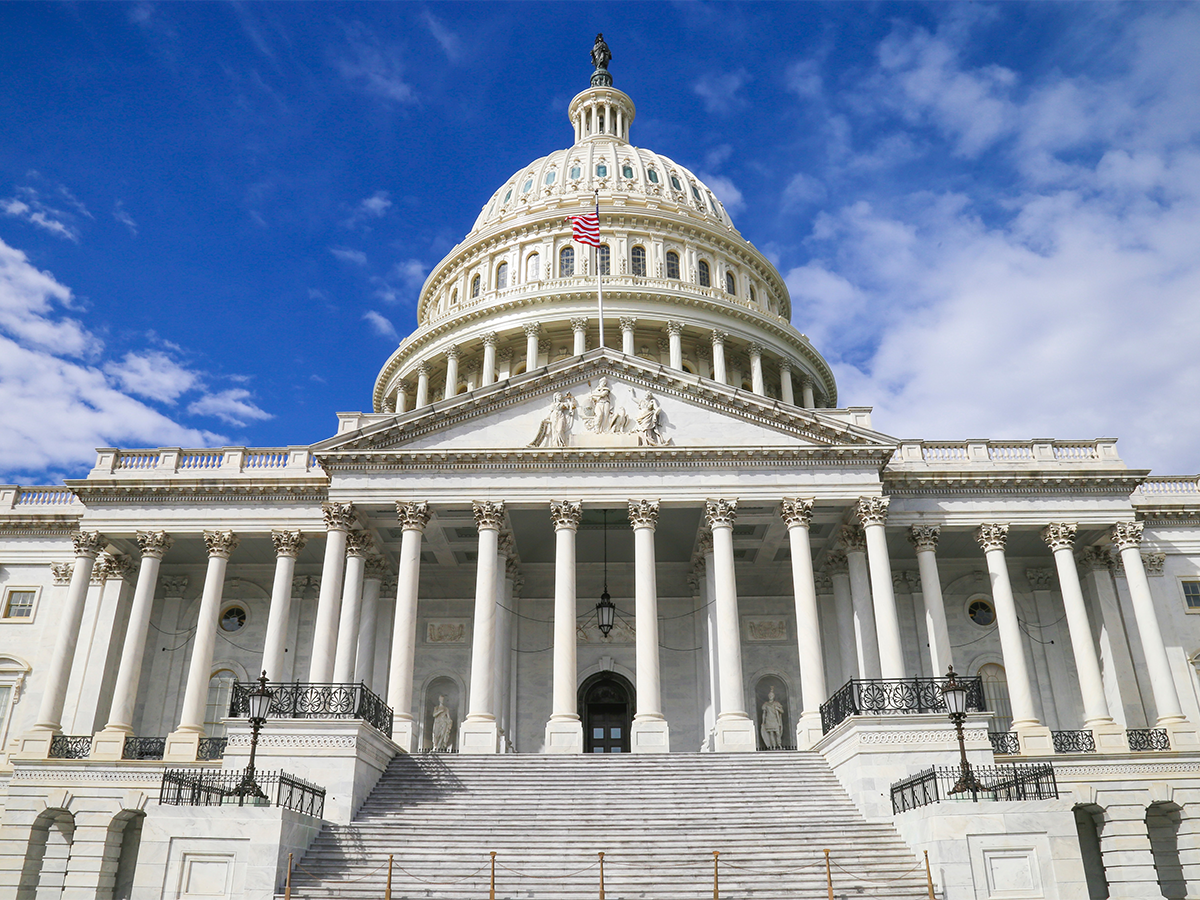
Articles Tagged with ''regulatory''
2022 Medtech Conference
Shuren floats voluntary alternative pathway for digital device premarket review
Read More2022 Medtech Conference
US Senate seen as more likely than House to push for quick passage of VALID Act
Read More2022 Medtech Conference




